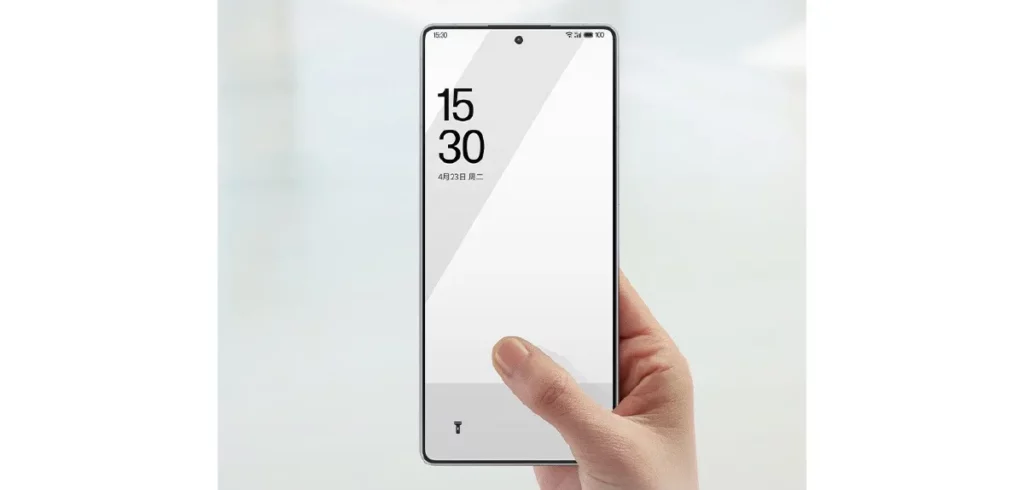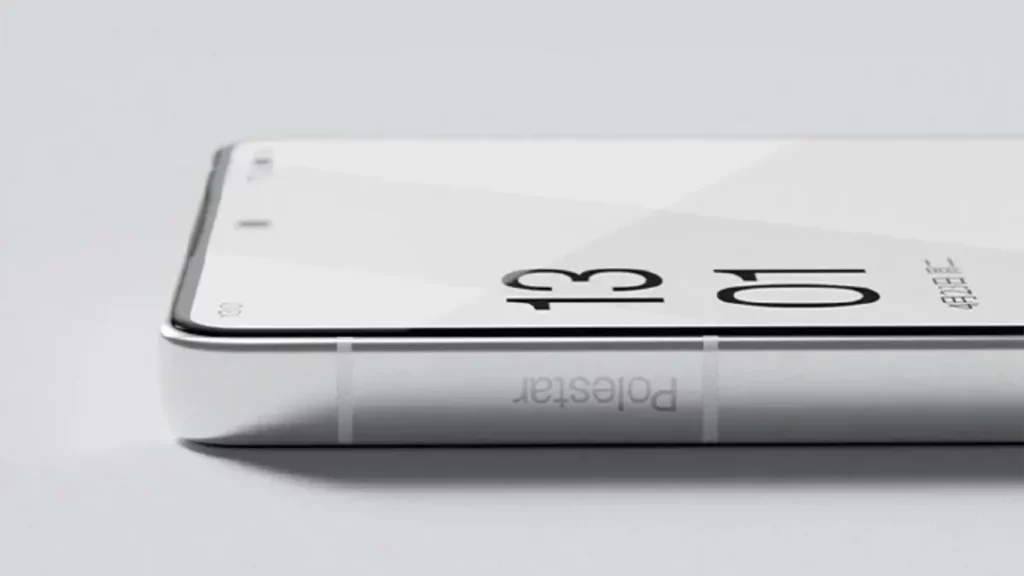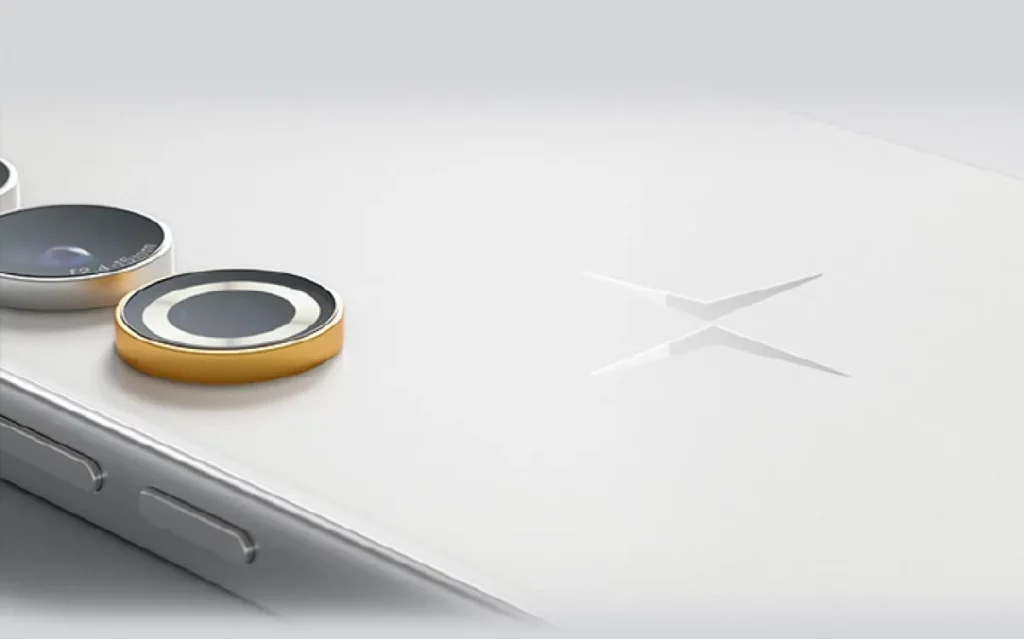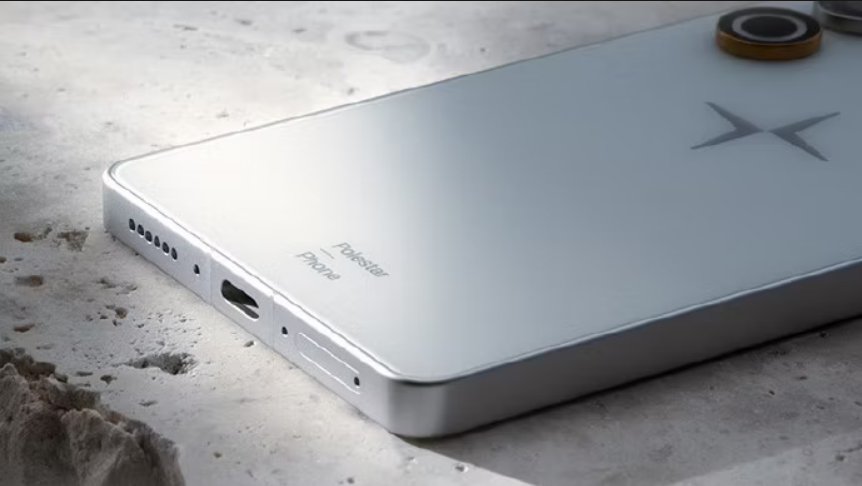A few weeks back, Xiaomi, renowned for its smartphones, unveiled a high-end electric vehicle that it suggests can compete with the likes of Porsche and Tesla. In response, luxury EV brand Polestar is gearing up to unveil its new smartphone next week. While the specifics regarding specs and features remain under wraps, the company has recently shared some enticing images of the device.


Polestar’s journey to this point is a tad complex. Originally started as a racing team named Flash Engineering, it was completely acquired by Volvo in 2015, which by then had been sold to the Chinese automotive giant Geely by Ford. Over time, Geely has bolstered its investments in both entities, shaping Polestar into a premium luxury electric vehicle brand that now serves markets in Europe, North America, and more recently, China. The brand currently offers the Polestar 2 and Polestar 3, and is preparing for the release of the Polestar 4 later this year.
The intent behind the Polestar phone is not to challenge other smartphone manufacturers but to showcase the potential of a connected ecosystem and the seamless communication between its vehicles and other devices. The device received certification for sale in China last month and is set to be unveiled locally on April 23. It is being co-developed by Meizu, another Geely-owned smartphone brand.


In anticipation of the launch, Polestar shared a teaser on Weibo (via Arena EV), revealing the phone in all its glory. It features flat rails similar to many recent flagships, along with four cameras that protrude significantly, aligned in a straight row. One of the most striking aspects of the design is the super-thin and symmetrical bezel surrounding the screen, a rare find in today’s market. An earlier teaser confirmed the bezels are just 2.2mm thin, achieving a 91.5% screen-to-body ratio. Given its 21:9 aspect ratio and a width of 74mm, the screen size is likely larger than 6.5 inches.
Both Meizu and Polestar are known for their strong design ethos, so these features are not unexpected. However, neither brand is particularly celebrated for their software interfaces, making it interesting to see how this new phone might shift that perception.







